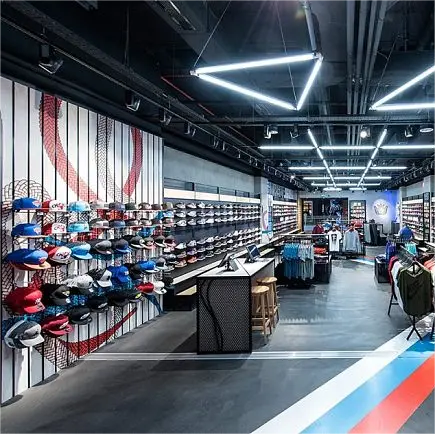In today's competitive market, businesses are constantly seeking ways to differentiate themselves from their competitors. One such strategy is offering a wide range of products under one roof. However, managing a full category inventory can be a daunting task, especially when it comes to pricing. In this article, we will delve into the pricing strategies for custom, exporter, white label, and maker full category inventory.
Custom Full Category Inventory Pricing:
Custom full category inventory pricing involves creating unique product prices based on individual customer requirements. This approach allows businesses to offer personalized pricing to their customers, which can help increase customer satisfaction and loyalty. The pricing strategy for custom full category inventory typically involves the following steps:
1. Analyze customer demand: Businesses need to analyze customer demand to determine the price points that will be most attractive to their target audience.
2. Determine production costs: To set a profitable price, businesses need to determine the cost of producing each product.
3. Set a markup percentage: Based on the production costs and desired profit margin, businesses need to set a markup percentage for each product.
4. Consider additional costs: Businesses need to consider additional costs such as shipping, handling, and taxes when setting product prices.
5. Offer discounts and promotions: To encourage sales, businesses can offer discounts and promotions on custom full category inventory products.

Exporter Full Category Inventory Pricing:
Exporter full category inventory pricing involves setting product prices based on international market conditions and currency exchange rates. This approach requires businesses to stay up-to-date with global market trends and fluctuations in currency exchange rates. The pricing strategy for exporter full category inventory typically involves the following steps:
1. Research international market conditions: Businesses need to research international market conditions to determine the price points that will be most attractive to their target audience in different countries.
2. Convert prices to local currencies: To make pricing more transparent for international customers, businesses need to convert product prices to local currencies.
3. Consider shipping costs: Businesses need to consider shipping costs when setting product prices for international customers.
4. Offer cross-border payment options: To facilitate international transactions, businesses can offer cross-border payment options such as PayPal or credit card payments.
White Label Full Category Inventory Pricing:
White label full category inventory pricing involves setting product prices based on the branding requirements of the retailer. This approach allows businesses to offer their products under a retailer's brand name while maintaining control over pricing. The pricing strategy for white label full category inventory typically involves the following steps:
1. Negotiate a wholesale price with the supplier: Retailers need to negotiate a wholesale price with the supplier based on the quantity of products they plan to purchase.
2. Add a markup percentage: Retailers need to add a markup percentage to the wholesale price to determine the retail price for each product.
3. Consider additional costs: Retailers need to consider additional costs such as shipping, handling, and taxes when setting product prices.
4. Offer promotions and discounts: To encourage sales, retailers can offer promotions and discounts on white label full category inventory products.
Maker Full Category Inventory Pricing:
Maker full category inventory pricing involves setting product prices based on the production costs of each item. This approach allows businesses to maintain control over their profit margins while offering competitive pricing to their customers. The pricing strategy for maker full category inventory typically involves the following steps:
1. Determine production costs: To set a profitable price, businesses need to determine the cost of producing each product.
2. Set a markup percentage: Based on the production costs and desired profit margin, businesses need to set a markup percentage for each product.
3. Consider additional costs: Businesses need to consider additional costs such as shipping, handling, and taxes when setting product prices.
4. Offer discounts and promotions: To encourage sales, businesses can offer discounts and promotions on maker full category inventory products.